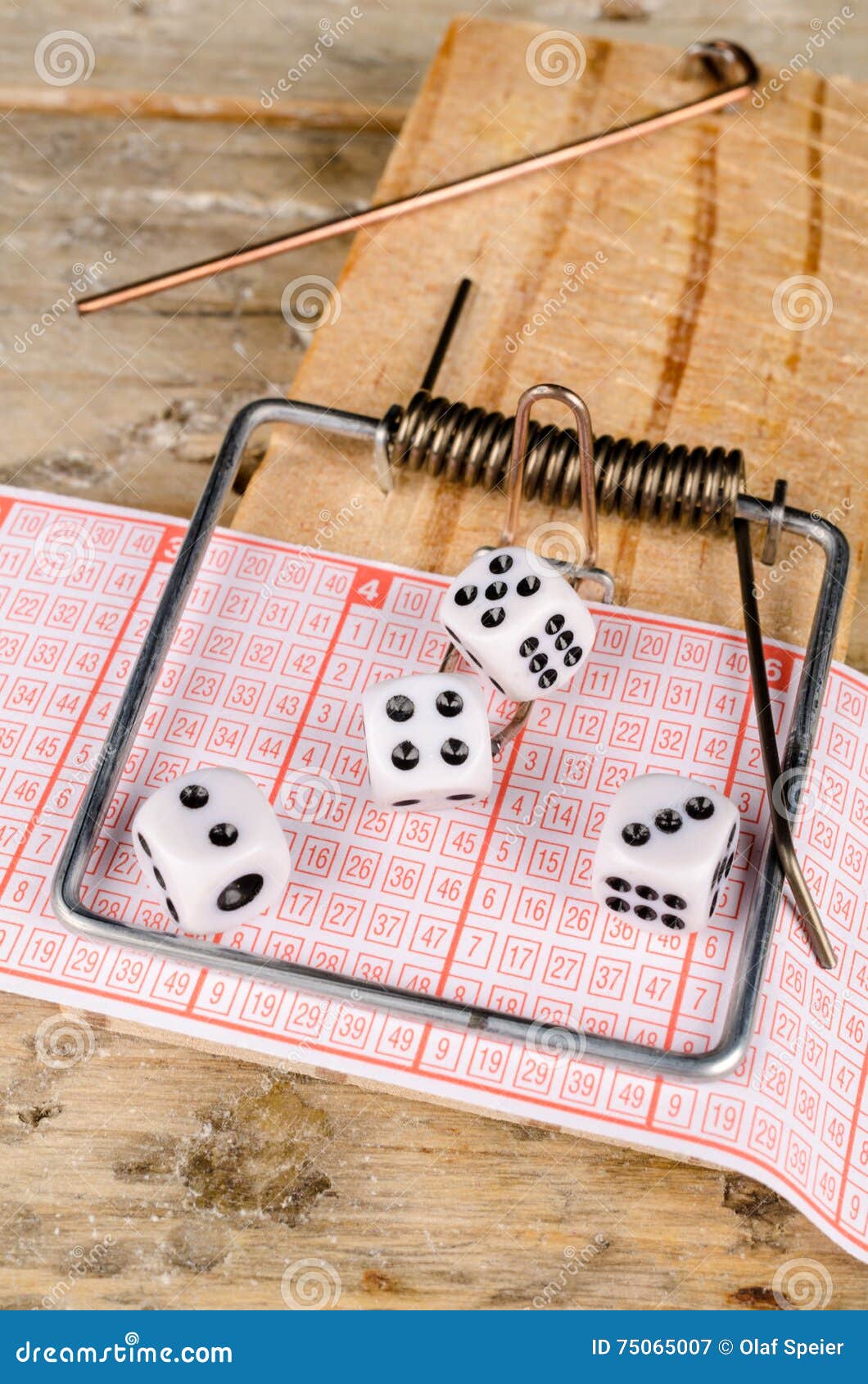
However, as with most complex, multifaceted, and multidimensional phenomena, more research is needed in order to improve both prevention and treatment efforts for pathological gambling. This article provides a general overview of some of the available literature regarding pathological gambling and includes the presentation of a number of relevant topics including etiology, risk factors, comorbidity, prevention, and treatment. Pathological gambling is now defined as persistent and recurrent maladaptive gambling behavior meeting at least five of the following criteria, as long as these. associated with treatment attrition and outcome in female pathological gambling. Consequently, the DSM-V Task Force has suggested that pathological gambling be reclassified and included in a new category entitled "Addiction and Related Disorders." The category would include both substance-related and non-substance/behavioral addictions. The fact remains that most pathological gamblers do not seek treatment. However, many people who report being heavy gamblers in their youth also. Pathological gambling is currently classified as an impulse control disorder in the DSM-IV-TR, but it shares many important features with substance use disorders, especially in terms of diagnostic criteria, clinical course, and treatment. person begins to gamble, the more likely he or she is to become a pathological gambler. The most severe form of gambling, pathological gambling, is recognized as a mental health disorder. This book examines the diverse and frequently.

Pathological gambling full#
For most, gambling is a relaxing and recreational activity however, for some individuals gambling becomes more than harmless fun. The Committee on the Social and Economic Impact of Pathological Gambling was to identify and analyze the full range of research studies that bear upon the nature of pathological and problem gambling, highlighting key issues and data sources that can provide hard evidence of their effects. In the United States, gambling has transitioned from early acceptance to prohibition to widespread proliferation. Throughout the course of history, gambling has been a popular activity across most cultures.


 0 kommentar(er)
0 kommentar(er)
